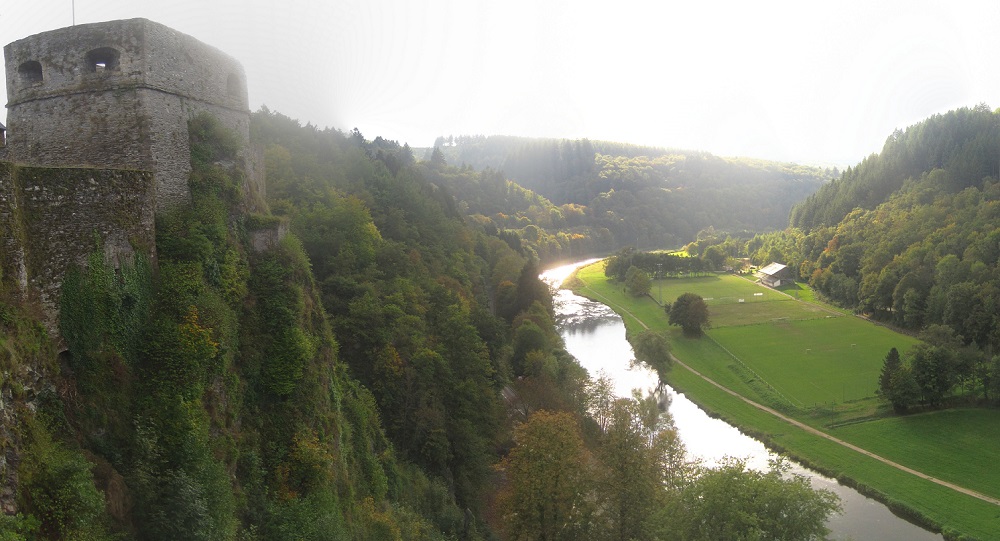
I dream of the day when this blog is obsolete.
It’s not that I’m tired of writing for Daylight Atheism. I’ve been doing it for ten years, and I could easily carry on for another ten. But I wish there was no longer a need for it. Writing about atheism, in a way, is boring: you can only do it for so long before you notice that all the wildly diverse supernatural beliefs that humans profess reduce to the same handful of fallacies and fears, just dressed up in different masks. I’d be happy if the whole mess was on its way out, so I could hang up my pen with a clear conscience.
Sadly, that’s not the reality we live in. There are still religious intrusions on medicine, including outrageous and mean-spirited restrictions on abortion. There are openly dominionist politicians running as serious candidates for national office. There are millions of people who live in the shadow of brutal theocracy, in the squalor of enforced ignorance, or under the threat of violent religious terrorism. There are powerful political factions that disdain science, reason and skepticism. In all these areas, there’s a lot of work left for the atheist movement left to do.
However, there are already places where we can glimpse another path. There are parts of the world where religion is going out like a receding tide, where for all intents and purposes it’s already irrelevant to everyday life. A poll taken this year in Iceland found that zero percent (!!) of young people there believe God created the world. In the U.K., the Church of England’s own research forecasts another thirty years of shrinking attendance. After that long a decline, it’s hard to see what’d be left.
If you were in orbit around the Earth, you could see the solar terminator, that perpetually moving line that defines the edge between day and night. I believe that, from a high-level view of the demographic data, we atheists can see a terminator of our own. On one side, there are people living under the darkness of superstition and theocratic oppression. On the other, there are people living in the light of a more hopeful future: not a utopia free of problems, but a more rational world where religion is no longer a potent force, no longer controlling people’s everyday lives. And like the real terminator, this one sweeps onward with time.
I believe that the goal of the atheist movement is to shore up this boundary and push it outward. It’s not necessarily to convert more people into activists for atheism. Some of the people liberated from religion will choose to join in the struggle against it, and we’ll welcome them as allies in the cause. But the larger portion won’t. They’ll just get on with living lives free from religion, conducting themselves as if ancient dogmas are simply irrelevant. And that’s as it should be! I’d be glad to see a day when atheism is so common that the word ceases to be a useful designator. People who live as if that were already true are bringing us closer to that day by their mere presence.
This is what differentiates us from Christian and other religious proselytizers. Their vision of propagation is that everyone who’s converted will join the effort of converting others, in an ever-expanding army of ideological clones. While I believe that atheists should evangelize, I don’t think that we should have the same goal.
In my vision, it’s only a minority of atheists who will take up the cause of activism, in all its manifestations: defending the separation of church and state, honing counter-apologetic philosophical arguments, debunking myths and fallacies about science, or whatever else. Most nonbelievers will follow their own ideal of the good life: raising families, teaching, making art, working for charity, advancing human knowledge, or whatever pursuit makes their time meaningful and gives them purpose. As activists, it ought to be our highest ideal to shield society from the malign influence of fundamentalism so that others can do this. We should think of ourselves as the builders who pile up bricks to make a wall, so that in its protection, a lush and tangled garden can flourish.